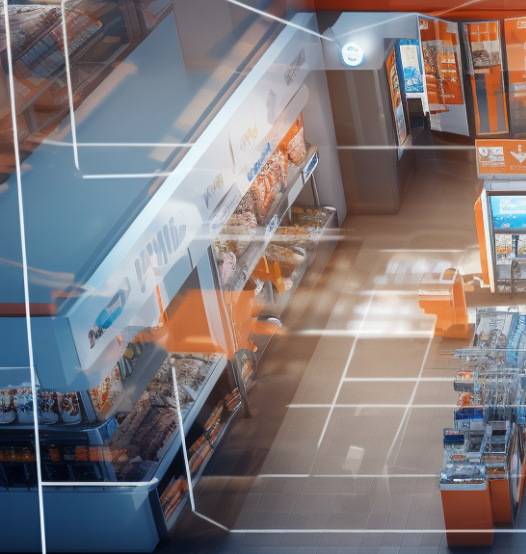In the realm of retail and shopper marketing, understanding the principles of behavioral science is paramount for marketers seeking to shape consumer behavior effectively. While the goal of all retail and shopper marketing is to influence human behavior, relying solely on intuition and guesswork can lead to subpar results. Behavioral science provides a structured approach to decoding consumer behavior, revealing that a significant 80% of buying decisions are driven by emotions, with only 20% being rational.
Everyday purchasing decisions, such as selecting shampoo or laundry detergent, are often made on autopilot, characterized by quick, effortless, and instinctive actions. Consumers navigate through thousands of decisions daily, all of which are influenced by subconscious factors, environmental context, and past experiences. In the retail environment, the brain processes a vast amount of information beyond the object of conscious focus, with every detail from store layout to product placement contributing to shaping consumer behavior. This emphasis on micro-moments highlights the importance of capturing and analyzing even the smallest stimuli to understand consumer responses.
Retail and CPG marketers can leverage AI technology, like VideoMining’s, to decode behavioral patterns at a granular level, thus uncovering the true power of each piece of in-store stimuli.
Drawing from the groundbreaking work of behavioral scientist Daniel Kahneman, who received the Nobel Prize in Economic Sciences in 2002, marketers can differentiate between automatic, intuitive decision-making (System 1) and deliberate, reflective processing (System 2). By aggregating data from millions of shopper journeys, marketers can optimize campaigns, set higher benchmarks, and design future strategies based on a holistic understanding of consumer behavior within the retail environment. Ultimately, a deep comprehension of behavioral science is essential for marketers looking to influence consumer behavior effectively and drive success in the competitive retail landscape.
You could say that every second counts, but when it comes to capturing and decoding shopper behavior, it really is every millisecond that counts.



